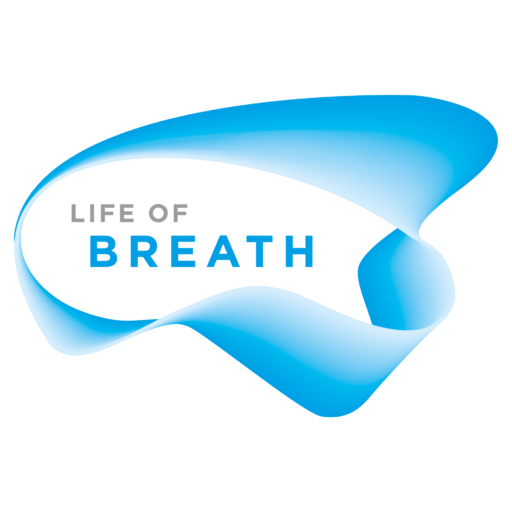A pandemic of breathlessness?
Just as we are wrapping up our five-year project, we find ourselves in the middle of the COVID-19 pandemic and with it, a rapidly escalating fear of breathlessness. This is all the more strange, because a major theme of our project was the invisibility of breath: how as healthy individuals we take breathing for granted; how hidden are those who live with the daily fear of death that accompanies severe breathlessness; and how trustingly we rely on the air around us.
Although breathlessness is central to the diagnosis of COVID-19, and also a sign of disease progression, it is still not highly visible in the media, despite being a pervasive symptom of severe disease. Many of our pressing current concerns are more tangential: we are concerned about the curbs on personal freedom, about accessing food, and most of all about the health and wellbeing of our loved ones.
Why are we not trying to understand the experience of breathlessness better?
Our research sheds light on this strange avoidance. Breath is essential to life and any threat to it is too frightening to be able to comprehend, let alone express. Our deepest and most primal fears relate to suffocation, drowning, or being unable to breathe. Breathlessness itself, we have found, is a complex experience that is difficult to articulate, and clinical language can obstruct understanding and prevent the update of suitable management.
Much of our work explored how arts and humanities approaches can be used to support and alleviate the suffering associated with chronic breathlessness. Our research showed that encouraging expression of what breathlessness feels like can be aided by involvement with the arts, for example, through our project’s ‘letter to my breath’ workshops.
Outreach work from our Catch your Breath exhibition showed that poetry unleashes ideas and metaphors that enable the experience of breathlessness to be not only expressed to others but also understood by the breathless person themselves. Our Singing for Lung Health groups provided important evidence that learning basic diaphragm control and simple singing exercises can increase confidence and sense of control.
Philosophy has also been used in our work to develop a framework for understanding breathlessness more broadly, as a lived experience, rather than as a medical symptom.
We have also published policy recommendations on how breathlessness could be better managed, especially in end of life care.
Approaches to management can be enhanced if we take a step away from clinical contexts and instead step onto the dance floor to improve exercise capacity.
We have some resources based on our research to support people with breathlessness or who are feeling anxious during this difficult time. They include breathing exercises and dance classes to help people stay active at home.



